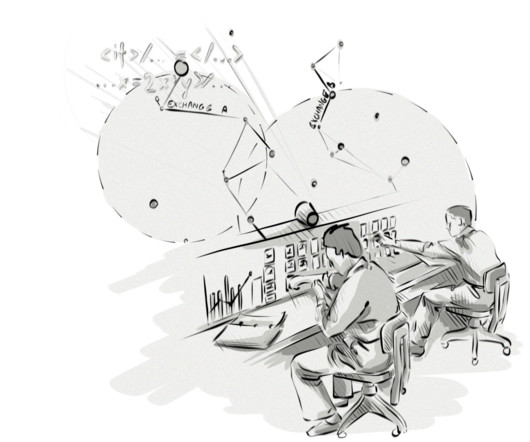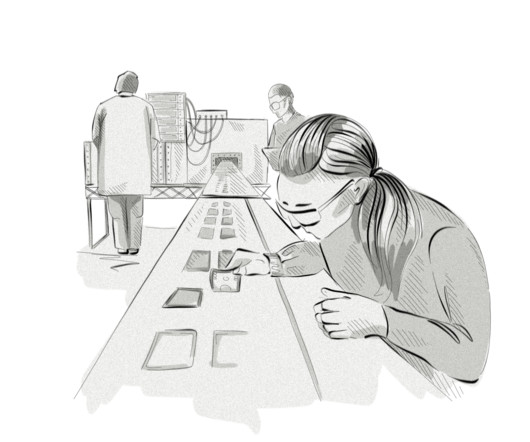How To Build a Demand-Side Platform (DSP)
Clearcode
SEPTEMBER 11, 2023
A demand-side platform (DSP) is a piece of software that advertisers and ad agencies use when they want to buy ad inventory in an optimally streamlined manner across multiple ad exchanges and supply sources. Table Of Contents What Is a Demand-Side Platform and What Is It For?












Let's personalize your content